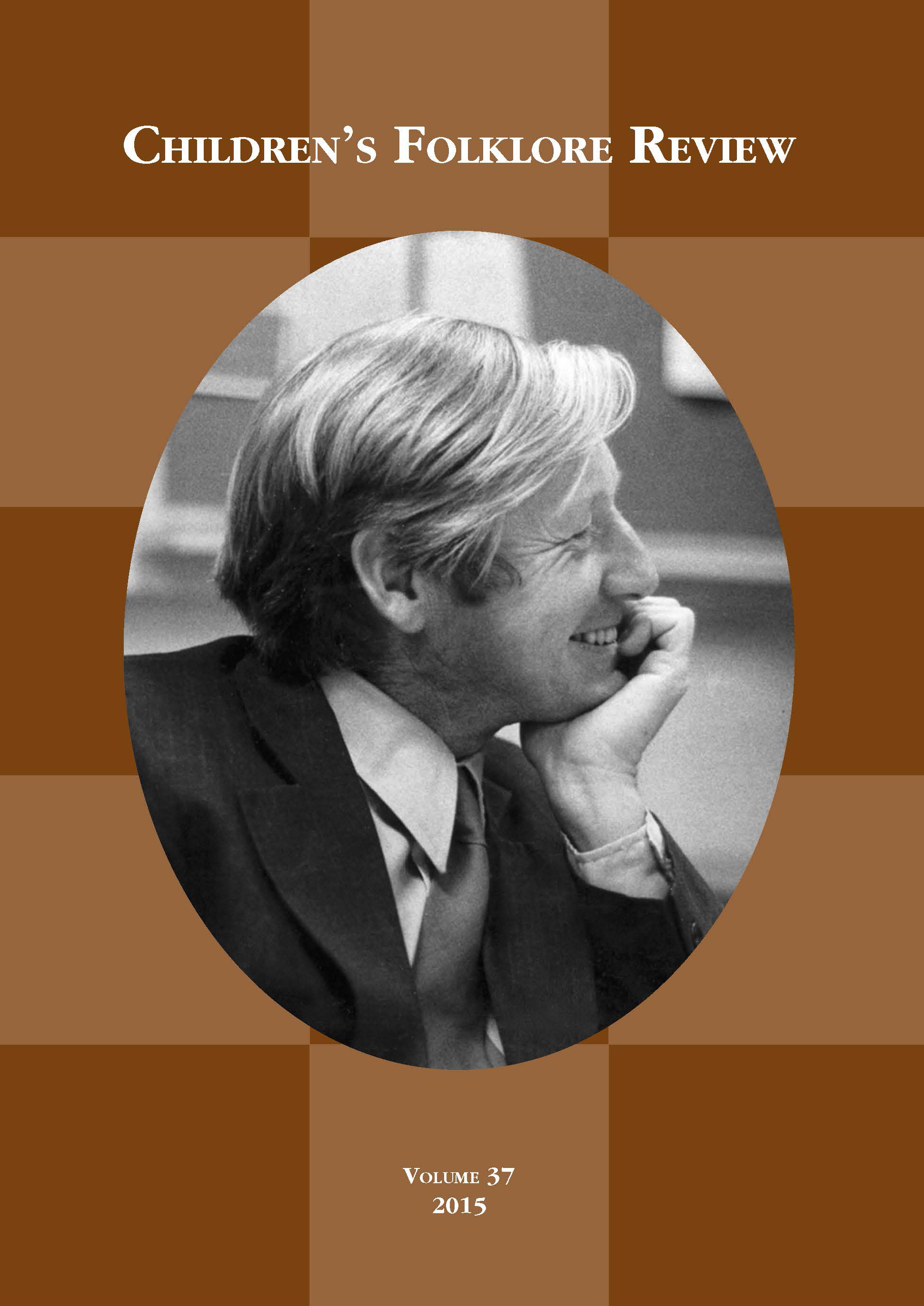Sutton-Smith’s Five Easy Pieces
Main Article Content
Abstract
Brian Sutton-Smith was a sprite. I searched my vocabulary far and wide and settled on this word, this reference to lively, mythological creatures among the fairies and elves. I never met anyone like him. There is a long line of anthropologists and folklorists who have studied children’s games and folklore, stretching back into the nineteenth century (Bronner 1988; Bronner 2011:196–247; McNeil 1988). Brian belongs in that scholarly history, of course, but he was also the sort of charismatic leader a scholarly field, especially an interdisciplinary one, needs to thrive. Brian was a founding father of the children’s folklore section of the American Folklore Society (Sutton-Smith 2008:96) in 1978, and by the time I joined The Association for the Anthropological Study of Play (then TAASP, now just TASP, dropping the narrower disciplinary designation) in 1978, I could see in both organizations how his energy and personality and intelligence was at the center of both groups. He was the force behind the children’s folklore section’s collaborating on a first-ever “sourcebook” for the study of children’s folklore (Sutton Smith, Mechling, Johnson, and McMahon 1995).
Downloads
Article Details

This work is licensed under a Creative Commons Attribution-NoDerivatives 4.0 International License.
Materials published in the Children's Folklore Review (CFR) remain the property of their authors. CFR encourages authors to honor the journal with exclusive rights to their work for the period of one year following its initial publication; however, authors may offer their work for reprint as they see fit. Submissions may be withdrawn at any point during the review process. Once the material has been published in CFR, however, it becomes part of the CFR record and cannot be removed.Likewise, CFR may emend the appearance of materials to maintain a consistency of design, but will make only make changes to the text when requested by the author. At the author’s request, and with the agreement of the editor, additions and amendments may be added as separate files to the table of contents.
Authors who publish with this journal agree to the following terms:
- Authors retain copyright and grant the journal right of first publication with the work simultaneously licensed under a Creative Commons Attribution Non-Derivative License that allows others to share the work with an acknowledgment of the work's authorship and initial publication in this journal.
- Authors are able to enter into separate, additional contractual arrangements for the non-exclusive distribution of the journal's published version of the work (e.g., post it to an institutional repository or publish it in a book), with an acknowledgment of its initial publication in this journal.
- Authors are permitted and encouraged to post their work online (e.g., in institutional repositories or on their website) prior to and during the submission process, as it can lead to productive exchanges, as well as earlier and greater citation of published work.
- While CFR adopts the above strategies in line with best practices common to the open access journal community, it urges authors to promote use of this journal (in lieu of subsequent duplicate publication of unaltered papers) and to acknowledge the unpaid investments made during the publication process by peer-reviewers, editors, copy editors, programmers, layout editors and others involved in supporting the work of the journal.
